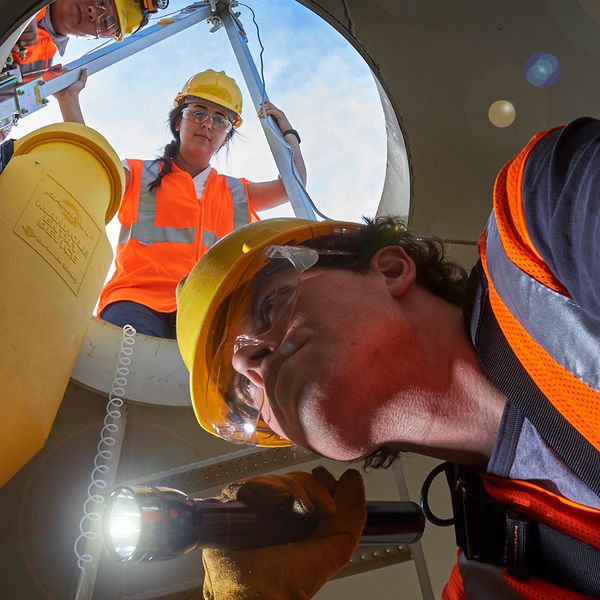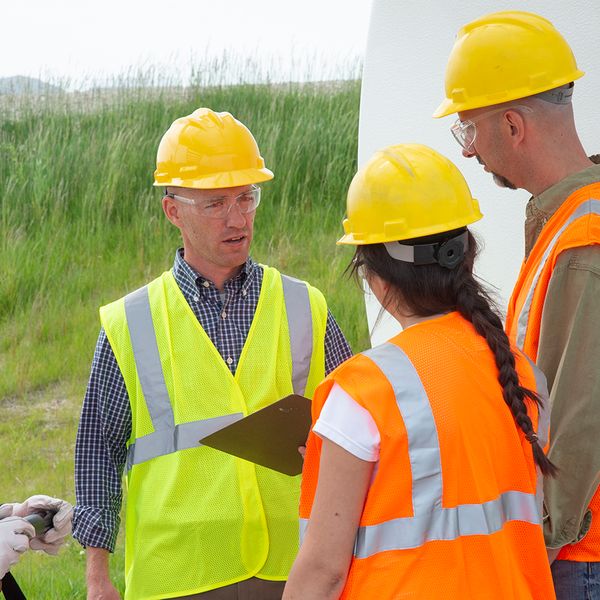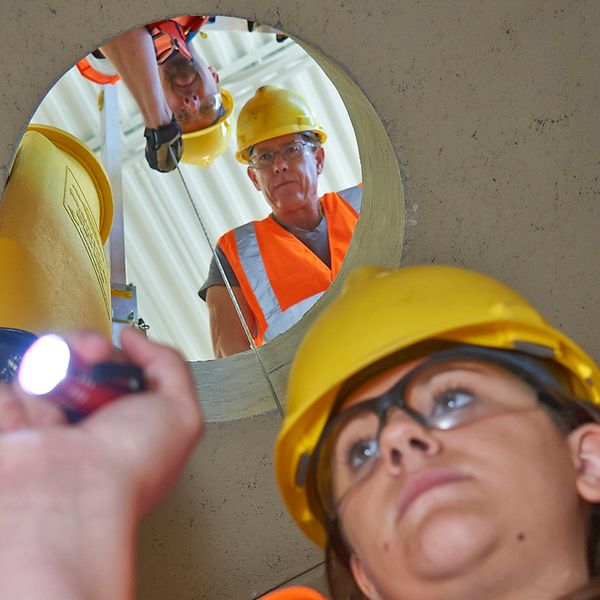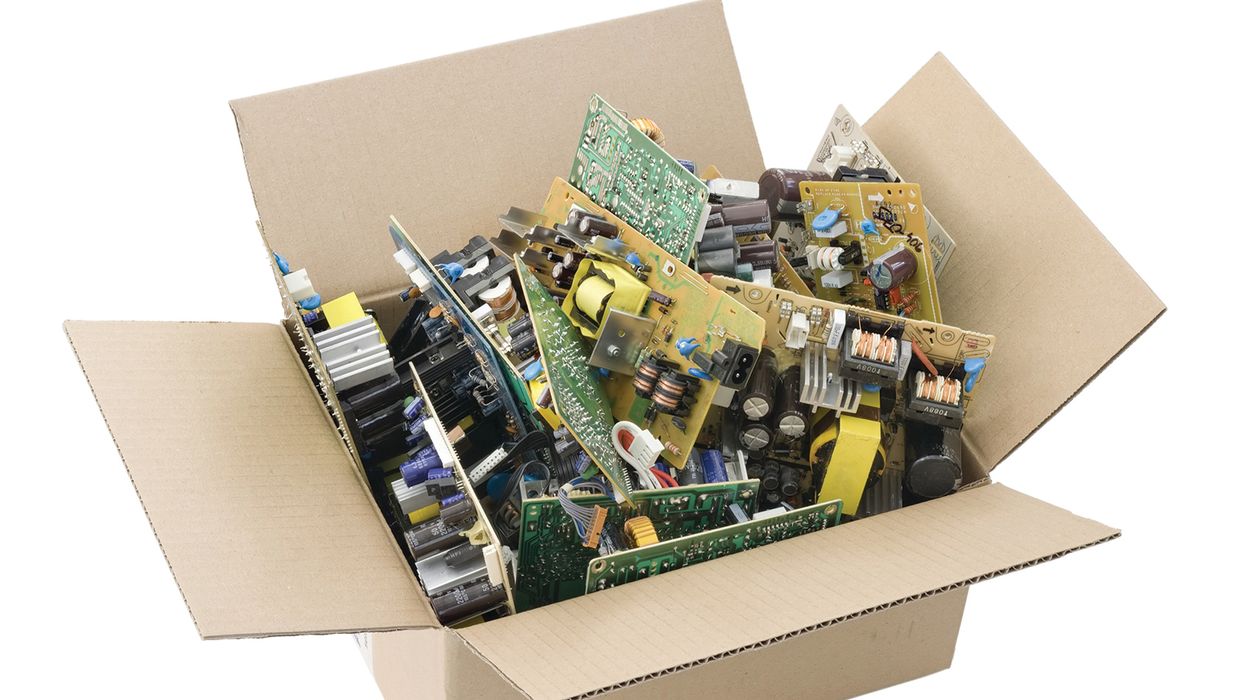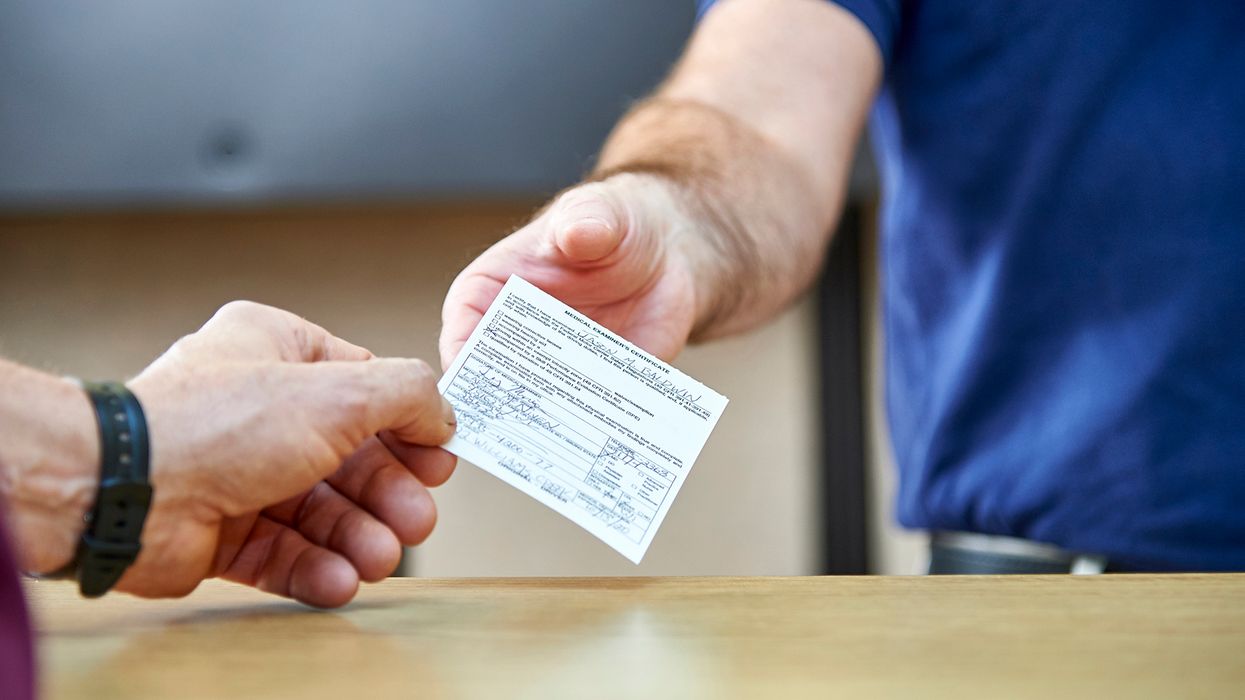Confined Space Rescue (Part 1): Understanding the OSHA requirements
Did you know that would-be rescuers account for more than 60% of all confined space deaths?
These deaths represent the number of workers who ran into a space during an emergency in an attempt to rescue a co-worker or friend.
But confined space hazards can quickly overwhelm the people inside. And the would-be rescuers often become victims themselves before they can even reach the original entrants.
That’s why it’s so important to have a rescue plan in place.
In a recent J. J. Keller & Associates, Inc. survey with 224 participants, 22% of employers felt that rescue preparedness was their biggest challenge regarding confined spaces.
So let’s review what federal OSHA requires for confined space rescue.
Key OSHA requirements
First, according to OSHA standard 1910.146(d)(9), employers must develop and implement procedures for the following:
- Summoning rescue and emergency services.
- Rescuing entrants from permit spaces.
- Providing necessary emergency services to rescued employees.
- Preventing unauthorized personnel from attempting a rescue.
This is where employers need to put on their critical thinking caps. Ask yourself: Do we have procedures for summoning rescue and emergency services? How do we rescue entrants from our permit spaces?
These conversations need to be had between the key players in your confined space operations. Supervisors, entrants, attendants, and safety personnel should develop and implement these procedures together.
Next, OSHA standard 1910.146(f) requires the entry permits to identify the following:
- The rescue and emergency services that can be summoned and the means (such as the equipment to use and the numbers to call) for summoning those services.
- The equipment, such as personal protective equipment, testing equipment, communications equipment, alarm systems, and rescue equipment, to be provided for entry and rescue.
To facilitate non-entry rescue, retrieval systems or methods shall be used whenever an authorized entrant enters a permit space unless the retrieval equipment would increase the overall risk of entry or would not contribute to the rescue of the entrant.
Next, OSHA standard 1910.146(i) lists the attendants' duties. And in terms of rescue, those duties include:
- Summoning rescue and other emergency services as soon as the attendant determines that authorized entrants may need assistance to escape from permit space hazards.
- When the employer's permit entry program allows attendant entry for rescue, attendants may enter a permit space to attempt a rescue if they have been trained and equipped for rescue operations as required by paragraph (k)(1) of this section and if they have been relieved by another attendant.
- Performing non-entry rescues as specified by the employer's rescue procedure.
And finally, OSHA standard 1910.146(k) offers guidance on designating rescue and emergency services.
Essentially, employers must evaluate a prospective rescuer's ability to respond to a rescue summons in a timely manner. They must take the specific hazards involved into consideration when determining what a “timely” rescue means.
Selecting your rescue team
Employers have two options for designating rescue and emergency services:
- Select an “in-house” team of employees to be designated for rescue operations.
- Work with an outside contractor or emergency response team.
If the employer chooses to use an in-house team of employees, the employer must:
- Train affected employees to perform assigned rescue duties.
- Ensure that such employees successfully complete the training required to establish proficiency as an authorized entrant.
- Train affected employees in basic first-aid and cardiopulmonary resuscitation (CPR). The employer shall ensure that at least one member of the rescue team or service holding a current certification in first aid and CPR is available.
- Ensure that affected employees practice making permit space rescues at least once every 12 months by means of simulated rescue operations in which they remove dummies, manikins, or actual persons from the actual permit spaces or from representative permit spaces.
Check out “Part 2” of this series, Confined Space Rescue (Part 2): Partnering with outside resources.
Key to remember: Employers must develop and implement rescue procedures for all permit-required confined space entry operations. Are you prepared?





